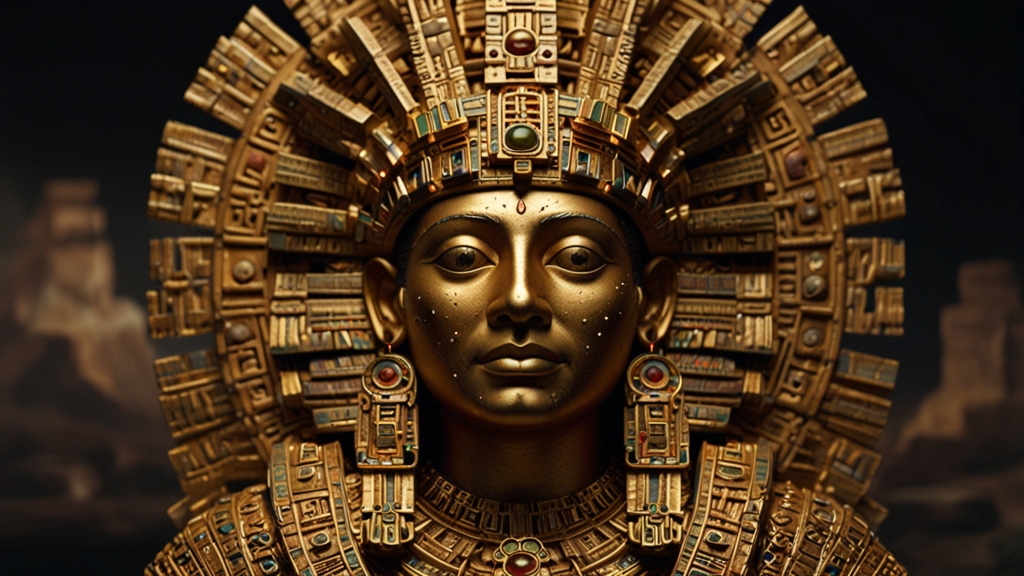Feminine Power: The Role of Women in Ancient Mesopotamian Societies
Ancient Mesopotamia, often regarded as the cradle of civilization, was a region teeming with dynamic cultures, social structures, and innovative contributions to human progress. Nestled between the Tigris and Euphrates rivers, this fertile land saw the rise of powerful city-states and empires, each weaving intricate social fabrics where gender roles played crucial roles. Women in ancient Mesopotamian societies were far from passive figures; they held significant power and influence across various domains, from family life to religion and commerce.
The Domestic Sphere
Within the familial domain, women were central figures, managing households and partaking in various economic activities. Unlike many contemporary societies where women's labor is often overlooked, Mesopotamian records, such as cuneiform tablets, show a different story. Women engaged in weaving, brewing, and trading, contributing substantially to the household economy. They were also skilled in managing estates and agricultural ventures, particularly in elite families where women could oversee vast plots of land and livestock.
"In some cases, royal women were directly responsible for the welfare and management of their estates, and their economic acumen was highly regarded." - Ancient Mesopotamian records.
Religious Significance
Women's roles extended beyond the domestic sphere and into the spiritual realm, where they wielded immense influence. Priestesses, known as entu or nin-dingir, played pivotal roles in Mesopotamian religion. These women could achieve high status and power, often involved in the wealth and decision-making of temples. They performed rituals, managed temple properties, and could even influence political and social matters through their spiritual standing.
The goddess Inanna (or Ishtar), revered as the deity of love, beauty, and warfare, exemplifies the complex interplay between femininity and power. Temples dedicated to Inanna were centers of economic and social activity, highlighting the symbiotic relationship between divine feminine entities and societal structures.
Legal Rights and Social Status
Women in Mesopotamia enjoyed considerable legal rights compared to their counterparts in other ancient cultures. They could own and inherit property, engage in business transactions, and pursue legal cases. The Code of Hammurabi, one of the oldest deciphered writings of significant length, provides insights into the legal standing of women, outlining their rights and responsibilities while also providing protections against mistreatment.
"If a woman has brought about the return of her dowry from her husband’s house, and has borne him children, a portion of the property, as much as corresponds to a child’s share, shall be given to her as an inheritance." - The Code of Hammurabi.
Political and Social Influence
While patriarchal structures dominated Mesopotamian societies, women could ascend to positions of notable political influence, particularly in royal contexts. Queens and royal mothers often acted as regents and advisors, demonstrating their capacity for statecraft and governance. Historical records cite examples such as Queen Puabi of Ur, whose lavish tomb suggests her prominence and influence.
Conclusion
The role of women in ancient Mesopotamian societies was multifaceted and deeply integrated into the fabric of daily life. From managing households and estates to holding religious authority and legal rights, women wielded considerable influence. Their contributions were essential to the economic, spiritual, and social spheres, challenging modern perceptions of ancient gender roles. Understanding these dynamics provides a richer and more nuanced view of Mesopotamian civilization and the critical role of feminine power in its development.








